Kenya, located in East Africa, is renowned for its diverse landscapes, abundant wildlife, and vibrant culture.
To enhance the tourism experience and facilitate travel within the region, Kenya, along with its East African Community (EAC) partners, offers the Montenegro East African Tourist Visa.
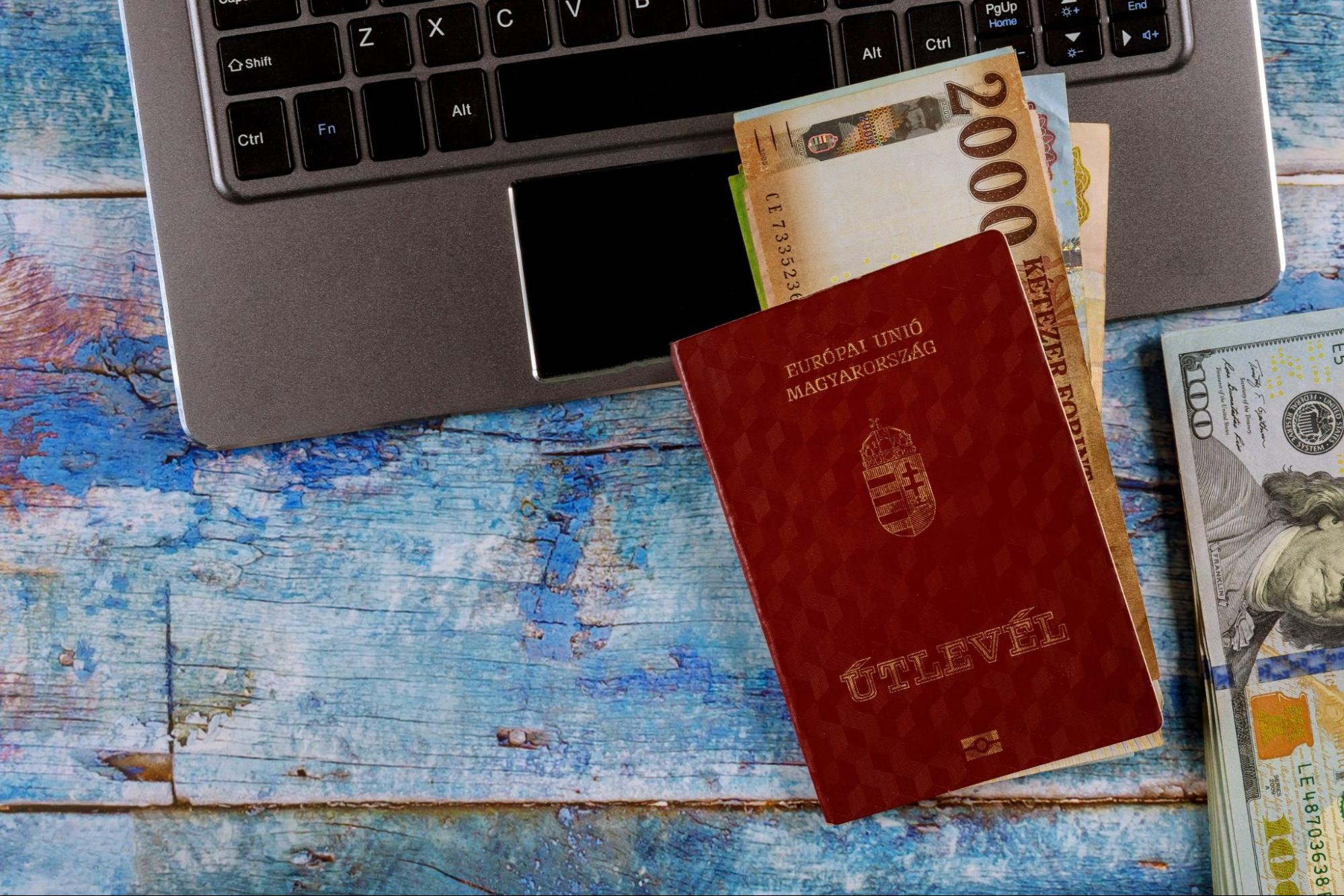
This visa allows travelers to explore multiple East African countries with a single visa, making it an attractive option for tourists eager to discover the wonders of the region.
What is the East African Tourist Visa?
The East African Tourist Visa is a special travel document that grants entry to multiple East African countries, including Kenya, Uganda, and Rwanda, with a single visa.
This visa is designed to simplify travel for tourists interested in exploring the diverse attractions and cultures of these nations.
It offers convenience and cost savings, as tourists can visit all three countries on a single visa, avoiding the need to apply for separate visas for each destination.
Key Features of the East African Tourist Visa:
- Multi-Entry: The East African Tourist Visa allows multiple entries into Kenya, Uganda, and Rwanda during its validity period, typically up to 90 days.
- Ease of Travel: With this visa, travelers can move freely between the participating East African countries without the hassle of obtaining multiple visas.
- Savings: Applying for a single East African Tourist Visa is often more cost-effective than obtaining separate visas for each country.
- Tourism-Focused: The visa is primarily intended for tourists who want to explore the tourist attractions, national parks, and cultural heritage of the East African region.
Eligibility and Application Process:
To be eligible for the East African Tourist Visa, travelers must meet the following requirements:
- Nationality: Travelers from countries outside the East African Community are generally eligible for this visa.
- Intended Use: Applicants must have a genuine intention to visit Kenya, Uganda, and Rwanda for tourism purposes, which may include sightseeing, safaris, cultural experiences, or other leisure activities.
- Valid Passport: Travelers should possess a passport with at least six months' validity beyond the intended departure date from the East African region.
The application process typically involves the following steps:

- Complete the Application: Obtain and complete the East African Tourist Visa application form, which can usually be found on the official government websites of the participating countries.
- Gather Required Documents: Prepare the necessary documents, which typically include a copy of your passport, recent passport-sized photos, a travel itinerary, and proof of sufficient funds for your stay.
- Submit the Application: Submit your visa application and required documents to the respective embassy or consulate of one of the participating countries, preferably the country where you plan to enter first.
- Pay the Visa Fee: Pay the visa processing fee, which may vary depending on your nationality and the country's specific fee structure. Payment is typically made at the embassy or consulate.
- Processing Time: Wait for your visa application to be processed, which may take several business days. It's advisable to apply well in advance of your intended travel dates.
- Visa Issuance: Once approved, the visa will be stamped in your passport, allowing you to enter any of the participating East African countries.
Important Considerations:
- Visa Validity: The East African Tourist Visa is typically valid for 90 days from the date of entry. Travelers should ensure they do not overstay their visa, as this can result in fines or deportation.
- Visa Extension: In some cases, it may be possible to extend the East African Tourist Visa. However, extension policies and procedures vary by country, so it's advisable to check with the relevant immigration authorities for specific guidelines.
- Border Crossings: Travelers should be aware of the border entry and exit points for each participating country and plan their itinerary accordingly. Some border crossings may have specific requirements or restrictions.
- Single Entry vs. Multiple Entry: While the East African Tourist Visa generally allows multiple entries, travelers should confirm this with the issuing authority to avoid any misunderstandings.
The East African Tourist Visa is a convenient and cost-effective way to explore the natural beauty, wildlife, and diverse cultures of Kenya, Uganda, and Rwanda. Whether you're interested in going on a safari, trekking through national parks, or experiencing the rich traditions of East Africa, this visa opens up a world of exciting possibilities for travelers in the region.
Best Time to Visit Montenegro
Montenegro enjoys a Mediterranean climate with variations based on its diverse geography, which includes a coastal region along the Adriatic Sea and mountainous areas in the north.
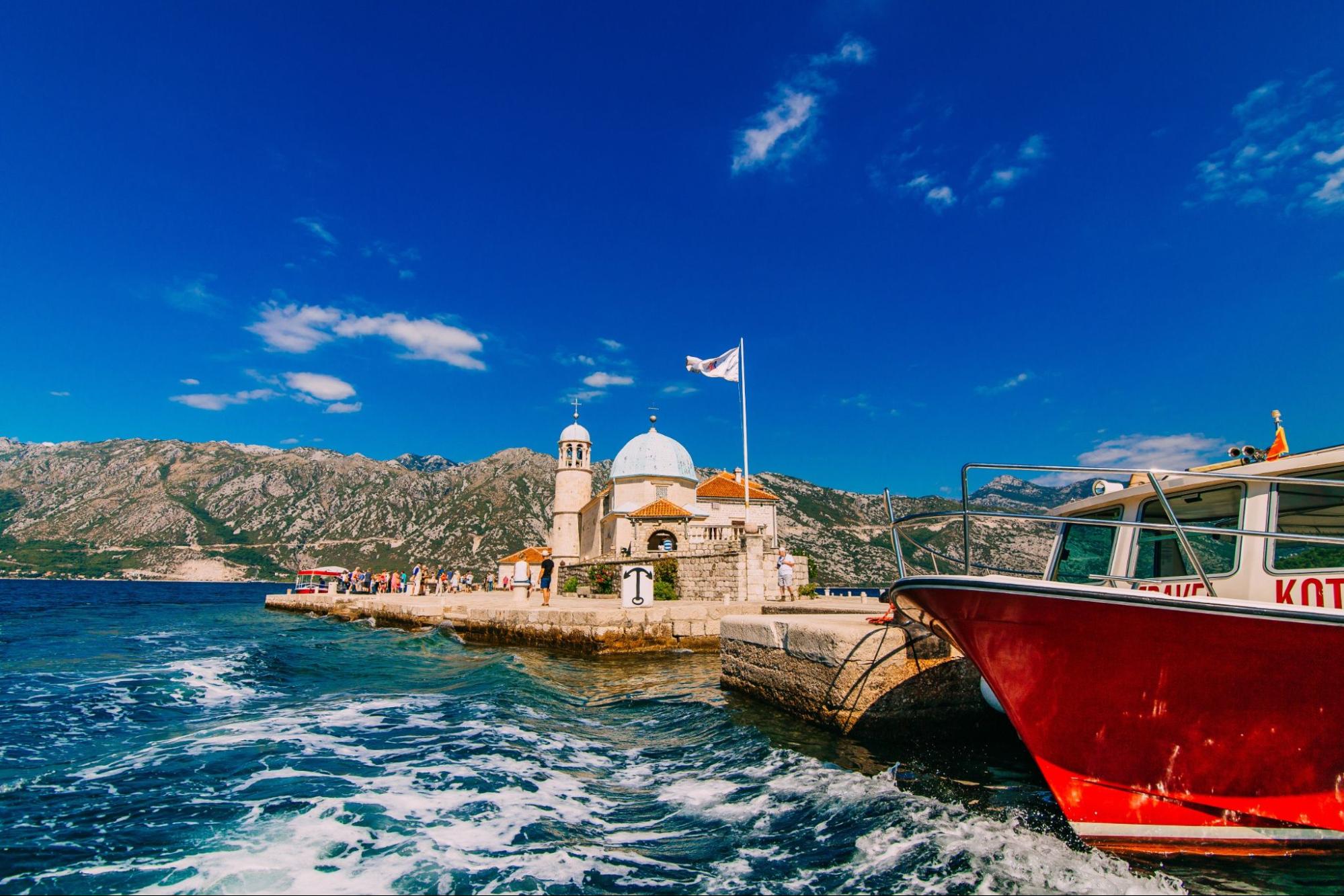
The best time to visit Montenegro largely depends on your preferences and the type of experience you seek.
1. Summer (June to September):
- Peak Tourist Season: This period is the most popular for tourists due to warm, sunny weather and a lively atmosphere. Coastal towns like Budva and Kotor are bustling with activity.
- Beach and Water Activities: Ideal for beach lovers, swimming, and water sports.
- Festivals and Nightlife: Montenegro hosts numerous festivals and events during the summer months, creating a vibrant nightlife scene.
2. Spring (April to May) and Fall (September to October):
- Shoulder Seasons:These months offer pleasant weather with fewer tourists, making it an excellent time for exploring natural beauty and historic sites.
- Outdoor Activities:Cooler temperatures are perfect for hiking, biking, and rafting.
- Quieter Atmosphere: Enjoy a more relaxed experience and connect with local culture.
3. Winter (December to February):
- Ski Season: Montenegro offers skiing and snowboarding opportunities in resorts like Kolašin and Durmitor.
- Traditional Culture:Experience Montenegro's culture and cuisine through festivals and events.
- Lower Prices: Accommodation and other expenses may be more budget-friendly during this season.
Additional Tips:
- Always check the weather forecast, especially if you plan to engage in outdoor activities or travel to mountainous regions.
- Accommodation prices tend to be higher during the peak tourist season, so book in advance.
- Montenegro's coastal areas have a more Mediterranean climate, while the north, with its mountains, experiences cooler temperatures.
Safety in Montenegro
Montenegro is generally safe for travelers, with a low crime rate and political stability. However, take standard precautions:
- Guard your valuables against pickpocketing and theft, especially in tourist areas.
- Use licensed taxis or agree on fares before starting your journey.
- Stay informed about weather conditions, as Montenegro is prone to natural disasters like earthquakes and forest fires.
Cost of Living in Montenegro
Montenegro offers an affordable cost of living compared to Western Europe:
- Accommodation: Various options, from budget hostels to luxury hotels and apartments.
- Food and Drink: Reasonably priced local cuisine and international dining options.
- Transportation: Affordable buses and taxis; rental cars are available.
- Prices may vary by location and season, with higher costs during the peak tourist season.
Embracing Montenegro’s Nature and Culture
Montenegro offers diverse landscapes and rich cultural heritage:
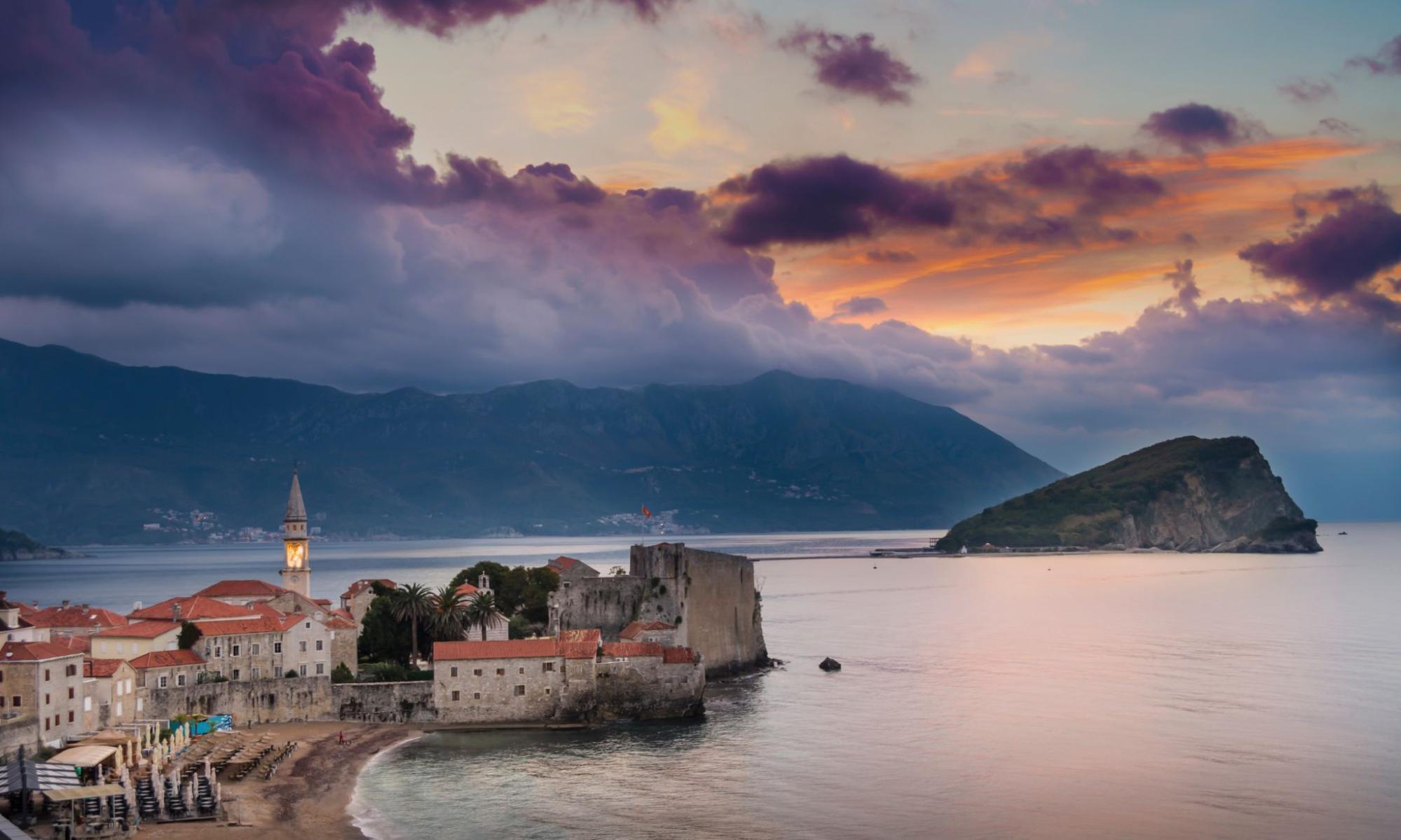
- Explore the stunning Bay of Kotor, a UNESCO World Heritage site, and experience the history of Kotor's Old Town.
- Immerse yourself in local culture, savor traditional dishes, and engage with friendly locals.
- Enjoy Montenegro's arts and music scene, with festivals showcasing local and international talent.
Finding the Perfect Work-Life Balance
Montenegro provides an ideal setting for digital nomads seeking work-life balance:
- Co-working spaces offer amenities and scenic locations for productive work.
- Platforms like Teemyco Virtual Office facilitate remote team collaboration with video conferencing, project management tools, and more.
- Opportunities for relaxation and wellness include yoga retreats, spa treatments, and meditation.
Montenegro offers a harmonious blend of work and leisure, with its picturesque landscapes, vibrant culture, and co-working spaces designed for productivity. Whether you seek adventure, relaxation, or a creative environment, Montenegro caters to diverse interests and lifestyles.
Exciting Activities for Your Downtime
When you're not busy with your virtual workspace in Montenegro, the country offers a plethora of exciting activities to enjoy during your downtime:
- Beach Fun: Montenegro's pristine coastline invites you to swim in crystal-clear waters and bask in the Mediterranean sun. Dive beneath the surface for snorkeling and discover vibrant marine life and coral reefs.
- Biking Adventures: Rent a bike through BikesBooking.com and explore charming Montenegrin towns or venture into the untouched wilderness. Coastal paths offer sea views, while mountain biking trails provide exhilarating terrain.
- Paragliding: Soar above coastal cliffs on a thrilling paragliding adventure, enjoying stunning aerial views of medieval fortresses and charming villages.
- Hiking in Durmitor National Park: Explore epic hiking trails in Durmitor National Park, ranging from leisurely strolls to challenging treks with mesmerizing vistas.
- Water Sports: Try windsurfing or kitesurfing, harnessing coastal winds for thrilling rides on the water. Set sail on a sailing adventure to discover hidden coves and offshore islands.
- Sunset Magic: Don't miss the awe-inspiring sunsets over Montenegro. Capture the golden hues as they paint the sky and enjoy dinner at a waterfront restaurant, savoring seafood delicacies.
Exploring Montenegro’s Hidden Treasures
Montenegro offers more than just tourist hotspots. Discover hidden gems and unique experiences:
- Secret Beaches: Seek out secluded beaches like Dobrec and Queen’s Beach, perfect for a peaceful escape.
- Cozy Cafes: Find tucked-away cafes serving local delicacies in picturesque corners, offering not only great food but also a sense of community.
- Serene Hiking Trails: Montenegro's rugged landscapes provide hiking opportunities for all levels. Explore Lovćen National Park's meadows or tackle the slopes of Mount Orjen for panoramic views.
- Travel Insurance: Consider EKTA Travel Insurance to stay prepared for unexpected mishaps during your exploration.
Venture off the beaten path to encounter moments of awe, connection, and rejuvenation. Discover Montenegro’s essence away from tourist crowds, where secret beaches, cozy cafes, and nature's embrace await.
Navigating Like a Pro
Ensure a smooth journey in Montenegro with these essential tools:
- DrimSim: Stay connected with an international SIM card, avoiding expensive roaming charges and ensuring access to maps, translation apps, and more.
- WayAway Flight Aggregator: Secure the best flight deals for your arrival in Montenegro, allowing you to explore this Balkan paradise with a budget-friendly approach.
Armed with DrimSim and WayAway Flight Aggregator, your Montenegrin adventure will be marked by convenience, affordability, and unforgettable experiences.
Seamless Travel and More Savings
When exploring neighboring countries, two indispensable tools will enhance your intercity travels:
- Hotellook: Find the best accommodation deals for cozy boutique hotels, budget-friendly hostels, or luxurious resorts. Compare prices and secure your perfect stay.
- QEEQ.COM: Enjoy the freedom of self-guided exploration by comparing car rental options. Cruise coastal roads, venture into mountains, or visit undiscovered gems at your own pace.
With Hotellook and QEEQ.COM, intercity adventures become effortless, enriching, and filled with cultural exploration. Unlock the potential of your digital nomad lifestyle in this captivating corner of the world.
Best Accommodations, Coliving, and Coworking Spaces
Montenegro provides a variety of accommodation options for digital nomads, including coliving and coworking spaces, traditional hotels, and apartments. Here are some recommendations:
Coliving Spaces:
- Sun and Co: Located in Herceg Novi, this villa offers high-speed internet, a coworking space, and a pool. It also hosts events and workshops.
- Nomad House Montenegro: Situated in Tivat, this spacious villa offers comfortable accommodation, a coworking space, and outdoor activities like hiking and kayaking.
Virtual Office Spaces:
- Teemyco Virtual Office: This platform offers a virtual workspace with features like video conferencing, project management tools, and a virtual receptionist.
Traditional Accommodations:
- Regent Porto Montenegro: A luxurious hotel in the Porto Montenegro marina, offering stunning sea views, amenities, and coworking spaces.
- Hostel Anton: A budget-friendly option in Kotor, providing comfortable dorms and private rooms with a communal kitchen and scenic terrace.
Montenegro caters to various budgets and preferences, making it an ideal destination for digital nomads. Whether you seek coliving spaces, coworking facilities, or traditional accommodations, Montenegro has options to suit your needs.
Must-Try Dishes and Delicacies in Montenegro
Montenegro offers a diverse range of traditional dishes and delicacies that every digital nomad should try:

- Ćevapi: Grilled meat sausages served with flatbread, onions, and sour cream.
- Njeguški pršut: Cured ham, often served as an appetizer.
- Kačamak: A hearty dish made from cornmeal and potatoes, served with cheese or sour cream.
- Riblja čorba: Fish soup made with various fish, vegetables, and spices.
- Paštrovski sir: Cheese made from sheep's milk, a specialty of the Paštrovići region.
- Kacamak sa skorupom: Similar to kačamak but with a crispy crust made from cheese and breadcrumbs.
- Baklava: A sweet pastry with layers of phyllo dough, nuts, and honey syrup.
- Priganice: Fried dough balls, often dipped in honey or jam.
- Brudet: A fish stew made with various fish, tomatoes, onions, and spices.
- Pogača: A savory bread often served as an appetizer, filled with cheese, ham, or vegetables.
Don't miss the chance to savor Montenegro's culinary heritage, which reflects its rich culture and history. Seafood specialties and sweet pastries are also highlights of Montenegrin cuisine.
Getting Around Montenegro
Navigating Montenegro is relatively easy and offers several transportation options:
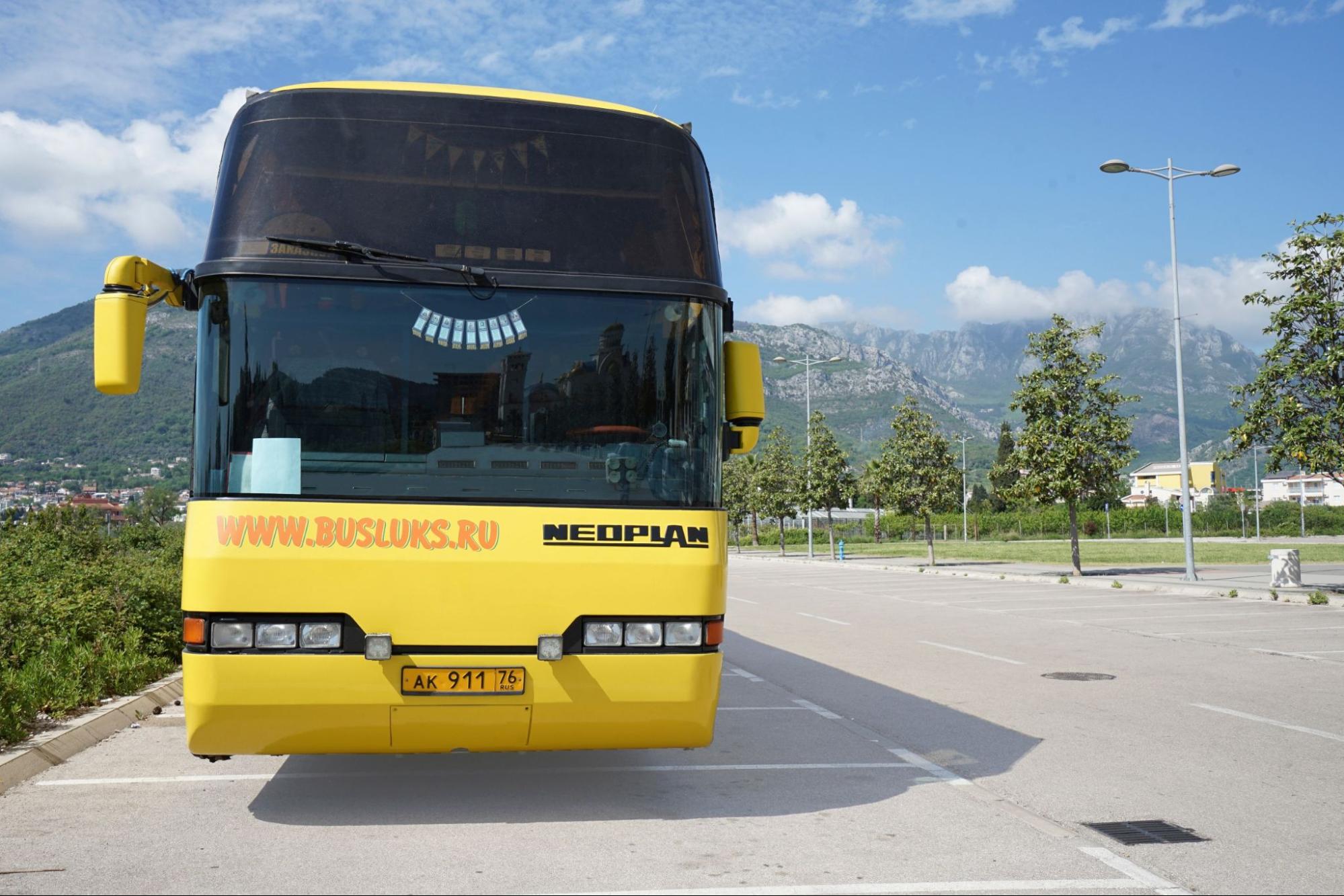
- Car Rental: Renting a car provides flexibility to explore at your own pace and access off-the-beaten-path destinations. International and local car rental companies operate in Montenegro.
- Public Buses: Montenegro has an extensive bus network connecting major cities and towns. Buses are comfortable and provide regular schedules.
- Trains: While the railway network is limited, train travel offers scenic views of the countryside, including mountains and the coast.
- Taxis: Taxis are readily available, but ensure they are licensed and use meters or agree on fares in advance. Ride-hailing apps like HolidayTaxis and Uber are available in some areas.
- Ferries and Boats: Along the coast, ferries and boats connect coastal towns and provide a scenic way to travel.
Choose the mode of transportation that suits your preferences, whether it's the freedom of driving, the affordability of public transport, or the scenic views of train travel. Montenegro's transportation network makes it easy to explore its diverse landscapes and vibrant cities.
Popular Festivals in Montenegro
Montenegro hosts a variety of vibrant festivals throughout the year. Some popular festivals include:
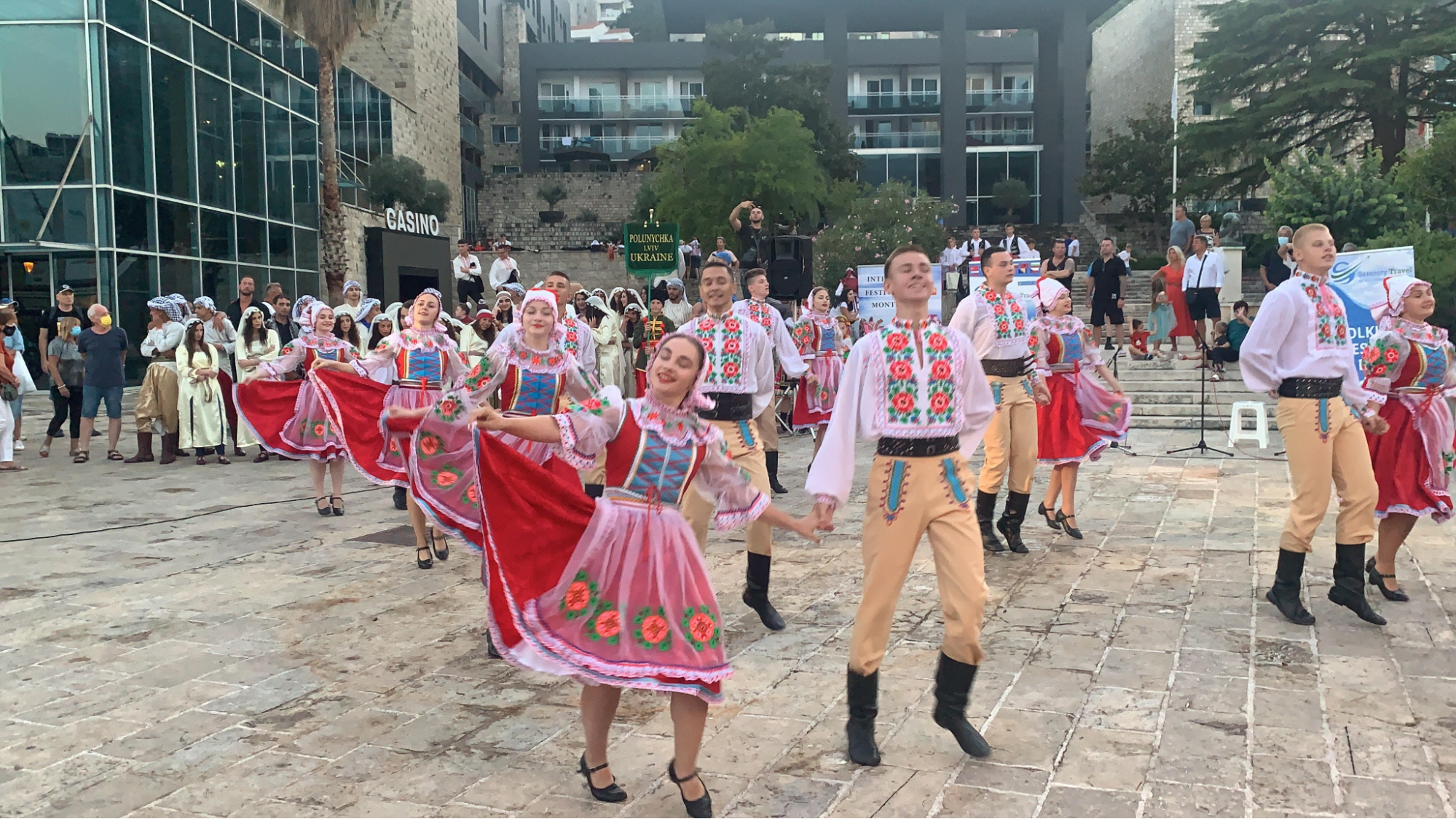
- Kotor Carnival: Held in Kotor, this carnival features colorful parades, masked performers, and traditional music.
- Sea Dance Festival: An electronic music festival on Jaz Beach near Budva, attracting renowned DJs and music enthusiasts.
- Njegos Days Festival: Celebrates the life and works of Montenegro's poet and ruler, Petar II Petrovic-Njegos, with traditional folk music, dance, and theater performances.
- Mimosa Festival: In Herceg Novi, this festival marks the arrival of spring with streets adorned in yellow mimosa flowers, featuring parades, concerts, art exhibitions, and culinary events.
Montenegro also hosts music, film, and art events, including Lake Fest in Nikšić, Herceg Novi Film Festival, and KotorArt Don Branko's Music Days. Immerse yourself in the festive spirit and experience the joy and excitement of Montenegro's popular festivals.
Do’s and Don’ts When Traveling to Montenegro
When traveling to Montenegro as a digital nomad, keep these do's and don'ts in mind:
Do’s:
- Respect local customs and traditions, especially at religious sites.
- Dress modestly when visiting religious sites or in more conservative areas.
- Learn basic phrases in Montenegrin to facilitate communication and show respect.
- Try local cuisine, including seafood and mountain dishes.
- Explore natural attractions, national parks, beaches, and historic sites.
- Use licensed taxis and be aware of your surroundings.
- Keep valuables secure.
Don’ts:
- Don't litter or damage the environment; Montenegro is known for its pristine beauty.
- Don't drink tap water; opt for bottled or boiled water.
- Don't be disrespectful to locals or their customs.
- Avoid public displays of affection, especially in conservative areas.
- Don't drive recklessly or under the influence.
- Avoid being loud or disruptive, especially at night.
- Ensure you have the necessary travel documents, including a passport and required visas or permits.
Following these do's and don'ts will help you have a respectful and enjoyable experience while exploring Montenegro's culture, nature, and attractions as a digital nomad.
What to Pack When Traveling to Montenegro
Absolutely, Montenegro is a fantastic destination for digital nomads with its stunning landscapes and vibrant culture. Here's a summary of what to pack when traveling to Montenegro:
Alt tag:()
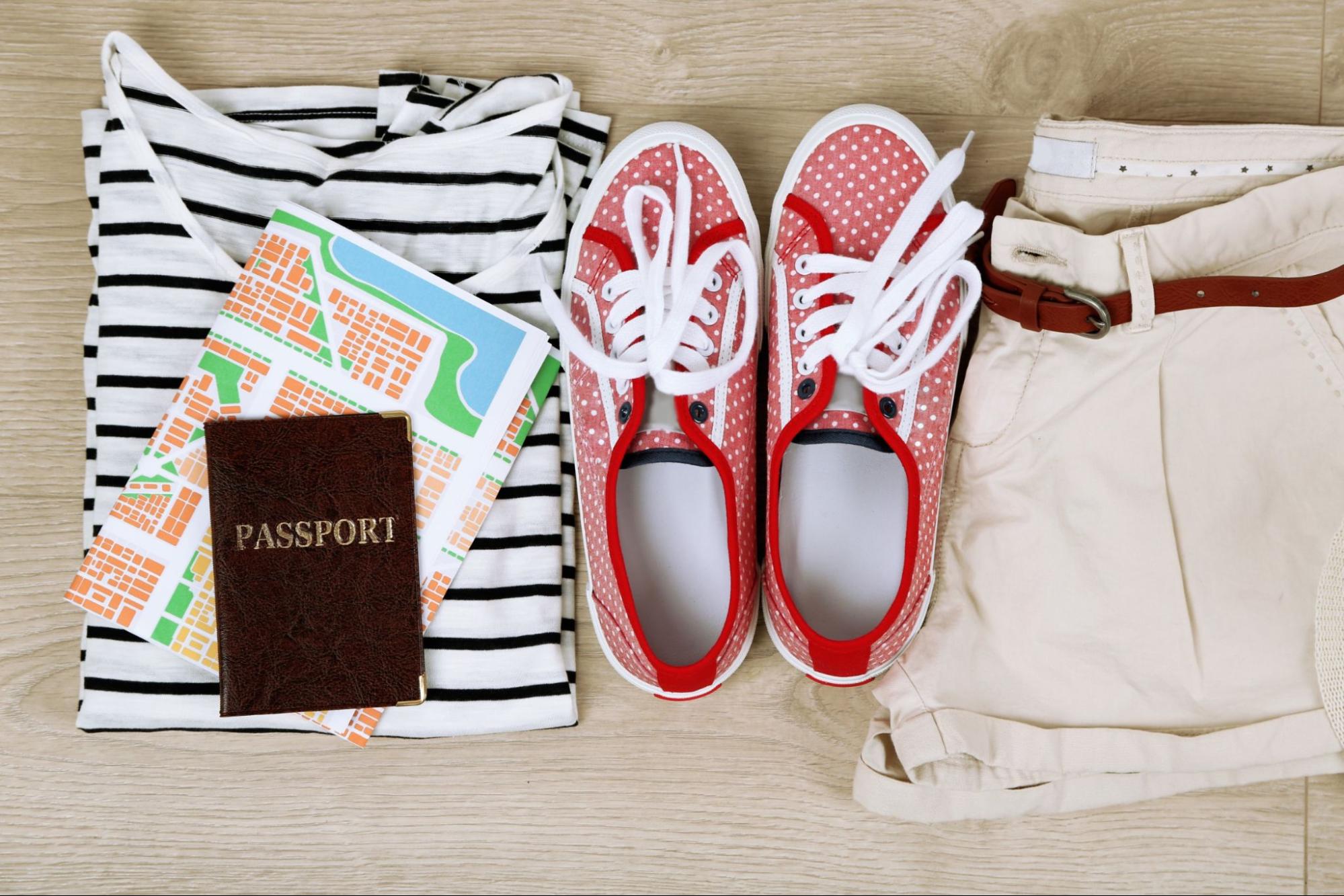
- Laptop and chargers: Essential for remote work. Don't forget power adapters if needed.
- Portable Wi-Fi hotspot: Provides a backup for reliable internet access.
- Power bank: Keeps your devices charged while on the go.
- Travel insurance: Covers medical emergencies, trip cancellations, and lost belongings.
- Comfortable clothing: Lightweight and breathable attire suitable for the Mediterranean climate.
- Hiking gear: If you plan to explore national parks and mountains.
- Travel adapter: Montenegro uses European-style power outlets.
- Travel documents: Passport, temporary residence permit (if applicable), visas, and identification.
- Medications and first aid kit: Include any necessary medications and basic first aid supplies.
- Language guidebook or translation app: Helpful for communication, although English is widely spoken.
Remember to pack appropriately for the season and activities you plan to engage in. Keep your luggage light and efficient to enjoy your digital nomad journey to the fullest in Montenegro.







